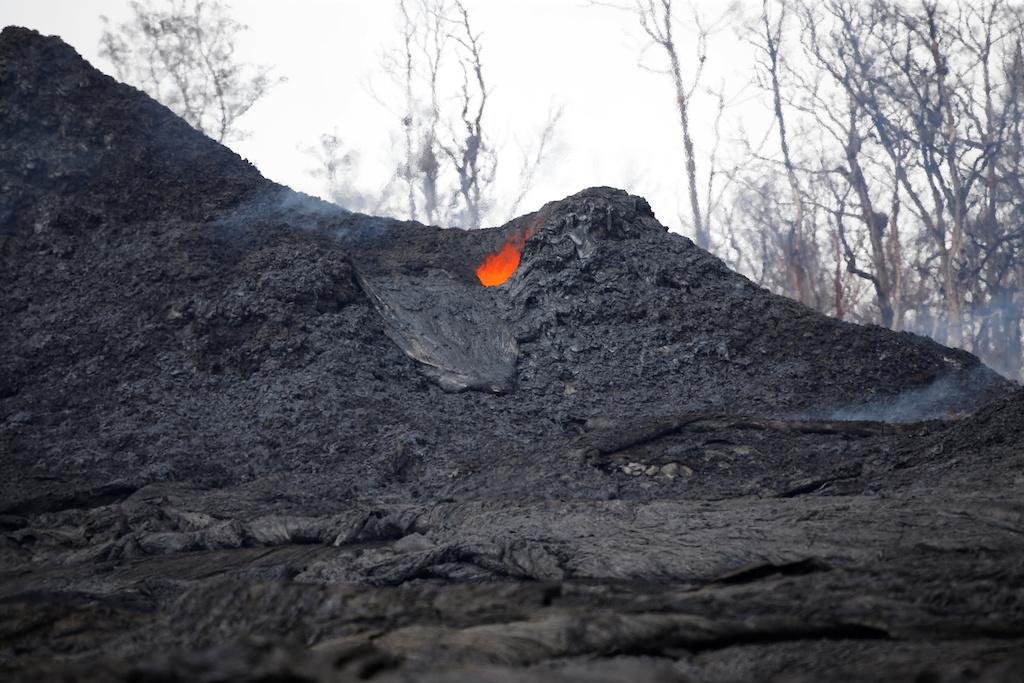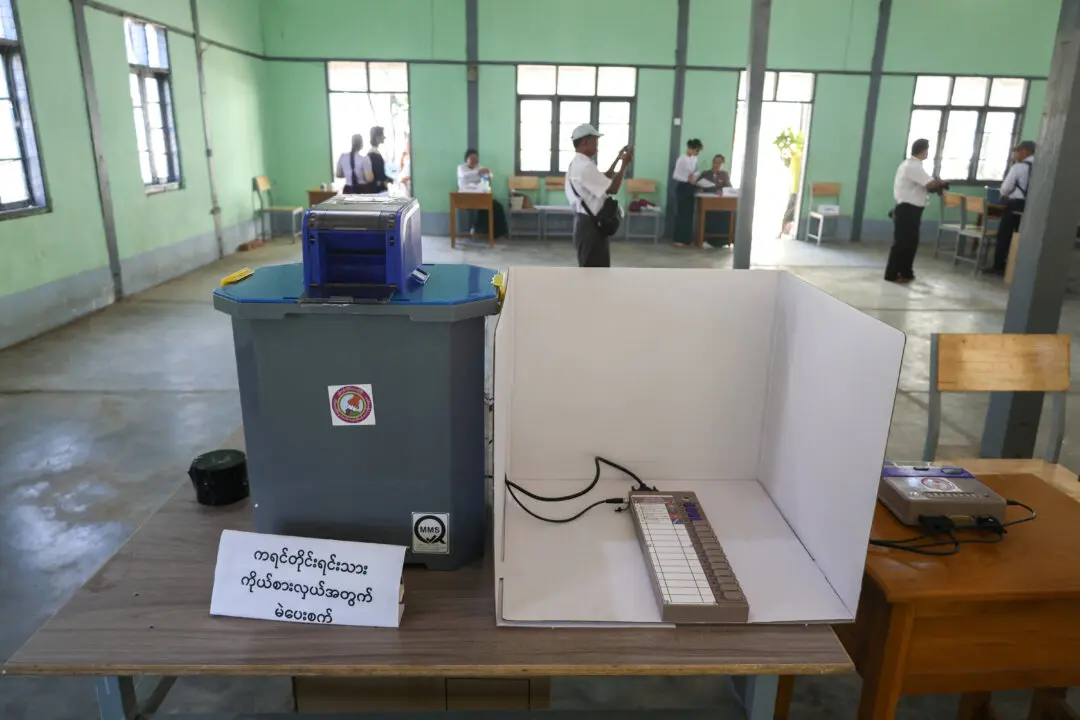HONOLULU—Lava from Hawaii’s erupting Kilauea volcano has covered a potentially explosive well at a geothermal power station and threatened another, after flowing onto the site, officials said.
The Hawaii Civil Defense Agency said the wells “are stable and secure”, and Hawaii Governor David Ige said that the plant was “sufficiently safe” from the lava that has plowed through backyards and streets and burned dozens of homes.





